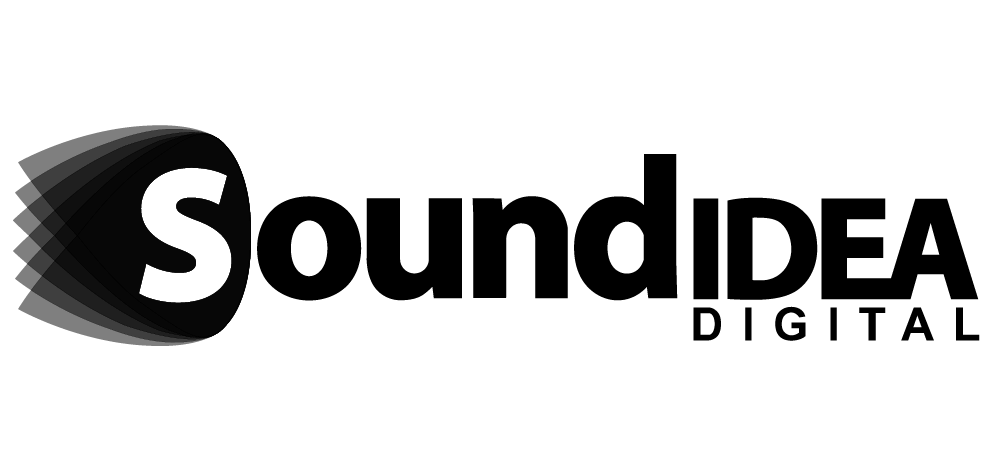
Motion Design Principles in Whiteboard Animation
The demand for engaging, high-retention content has skyrocketed in recent years, with video leading the way. Among the various styles of animated content, whiteboard animation has emerged as one of the most effective formats for conveying complex ideas in a simple, visual manner. But while its charming, hand-drawn aesthetic might appear effortless, successful whiteboard animation is underpinned by a set of foundational motion design principles. These principles, originally developed by traditional animators, are essential tools for today’s whiteboard animators who want to transform static concepts into vibrant, memorable stories.
Whiteboard animators who incorporate these principles into their process can elevate their work beyond basic visual delivery. By refining how each element moves, appears, and interacts on screen, they engage viewers on a deeper cognitive and emotional level. The result is more impactful storytelling, greater viewer retention, and stronger message clarity—all of which are crucial in education, marketing, and internal communications.
Timing and Spacing: Creating Natural Flow
Timing and spacing are among the most fundamental elements of motion design. Timing determines how long a drawing or movement takes, while spacing refers to the intervals between each frame or action. For whiteboard animators, managing these aspects allows for control over the pace of information delivery. For example, key points can be drawn more slowly to give them greater emphasis, while transitional elements can appear quickly to maintain rhythm and attention.
In practice, the thoughtful use of timing and spacing ensures that the viewer remains both informed and engaged. When poorly managed, animations can feel either rushed or tedious. But when executed well, these principles create a natural, rhythmic flow that mimics real-life movement and communication. This seamless pacing helps audiences absorb complex information without feeling overwhelmed.
Anticipation: Guiding Viewer Expectation
Anticipation prepares viewers for what’s about to happen next. In traditional animation, this might mean a character crouching before a jump. In whiteboard animation, anticipation could be a hand hovering before it begins drawing, or a shadow sketch that hints at the incoming visual. This moment of preparation increases clarity and keeps viewers mentally engaged with what’s coming.
For whiteboard animators, anticipation is key to improving the flow of information. It introduces visual cues that enhance understanding and reduce cognitive load. Rather than surprising the viewer with sudden movements or changes, anticipation helps guide their focus and encourages a sense of continuity and control throughout the animation.
Staging: Focused Visual Communication
Staging is the principle of arranging elements in a composition to ensure the audience’s attention is directed where it matters most. It involves clarity of background, placement of focal points, and the strategic timing of when each visual appears. In the context of whiteboard animation, this means organising content so that the message is not only visible but also understandable in sequence.
Whiteboard animators benefit from staging by using open space, visual contrast, and logical progression. The use of framing, text size, and negative space ensures that each element supports the main idea without distraction. Good staging creates visual hierarchy and prevents information overload, which is especially important when simplifying complex ideas for diverse audiences.
Follow Through and Overlapping Action: Adding Life to Drawings
Follow through and overlapping action are techniques used to simulate realism in movement. Follow through occurs when parts of an object continue to move after the main action has stopped, while overlapping action refers to the slight differences in timing among different moving parts. In whiteboard animation, this can be applied through the behaviour of drawing tools, character limbs, or secondary elements that continue to move after the main drawing concludes.
Applying this principle brings energy and believability to the scene. For whiteboard animators, using follow through and overlap can prevent animations from feeling rigid or artificial. It adds subtle, lifelike motion that keeps the viewer’s subconscious engaged and supports the illusion that the drawings are being created in real time, even when pre-rendered.
Ease In and Ease Out: Smooth Transitions
Ease in and ease out refer to the acceleration and deceleration of motion. Rather than having drawings or transitions start and stop abruptly, whiteboard animators use this principle to make movement begin gently, accelerate naturally, then come to a smooth halt. This simulates how objects move in the real world and contributes to the overall polish of an animation.
This technique is particularly effective in making the drawing process feel more fluid and intentional. For whiteboard animators, ease in and ease out can dramatically improve the viewer’s experience, making transitions feel purposeful and reducing visual fatigue. It also ensures that key moments aren’t glossed over, allowing viewers to stay grounded in the animation’s flow.
Arc Motion: Mimicking Human Movement
Most natural movements follow an arced path rather than a straight line. Whether it’s the swing of a hand or the trajectory of a thrown object, arc motion is fundamental to realism in animation. In whiteboard animation, this principle is applied by mimicking the curved path of a hand drawing on a surface or the fluid sweep of a character’s movement.
For whiteboard animators, integrating arc motion helps break away from mechanical-looking animations. Arcs make movements appear more human and dynamic, especially when simulating the path of a pen or arm. This subtle detail enhances viewer trust in the authenticity of the animation and maintains visual interest throughout the video.
Exaggeration: Enhancing Communication
Exaggeration involves amplifying certain visual elements to make a point more compelling or memorable. In whiteboard animation, this might be represented by a character’s oversized facial expressions, an unusually fast movement to indicate urgency, or a dramatically enlarged object to highlight importance. While subtlety is important, strategic exaggeration can greatly increase emotional engagement.
Whiteboard animators use exaggeration to clarify intentions and reinforce messages. It helps break monotony and adds a layer of entertainment that encourages viewers to stay engaged. Used thoughtfully, exaggeration supports storytelling without undermining the educational or professional tone of the content.
Solid Drawing: Consistency and Clarity
Solid drawing refers to the structural integrity of the images—maintaining correct proportions, perspective, and visual balance. Even though whiteboard animation typically uses simplified drawings, maintaining clear and consistent character or object design is essential. Sloppy or disproportionate visuals can distract the viewer and undermine the message.
For whiteboard animators, consistency in line work, shape, and spatial orientation keeps the content clean and digestible. It ensures that characters remain recognisable and that diagrams or visuals effectively support narration. This foundational principle is vital to building trust and maintaining a professional standard throughout the animation.
Appeal: Designing with Personality
Appeal is the magnetism of the design—it’s what draws the viewer in and makes them want to keep watching. In whiteboard animation, appeal is often achieved through clean lines, expressive characters, or clever use of visual metaphors. While style can be simple, it should never be dull. Each element should serve a purpose while being visually pleasant.
Whiteboard animators who prioritise appeal make their content more relatable and emotionally resonant. Appealing designs not only attract attention but also increase retention and shareability. Whether through humour, charm, or elegance, appeal is a subtle yet powerful tool that enhances the overall effectiveness of any animated message.
Secondary Action: Supporting the Main Message
Secondary action involves the use of additional motions that enrich the primary activity without overshadowing it. Examples in whiteboard animation include blinking eyes, bouncing arrows, or the flick of a character’s hand. These actions add detail and energy, helping to maintain viewer attention during otherwise static moments.
Whiteboard animators who incorporate secondary actions make their content feel more alive. These minor movements can underline emotional tone, highlight specific information, or simply keep the visual dynamic. When used in moderation, secondary actions enhance storytelling while ensuring the viewer remains focused on the core message.
At Sound Idea Digital, we create whiteboard animation that doesn’t just look good—it connects, explains, and inspires. Our team of skilled whiteboard animators apply these principles to bring your story to life with clarity and charm. Whether you’re looking to educate, inform or promote, we’re here to help. Contact us today to explore how we can elevate your next project.



